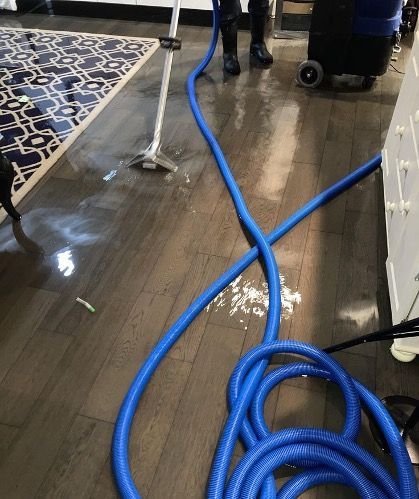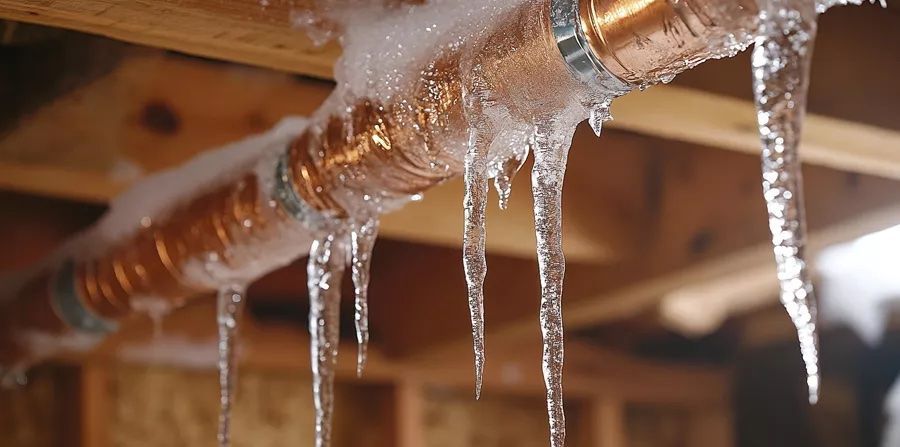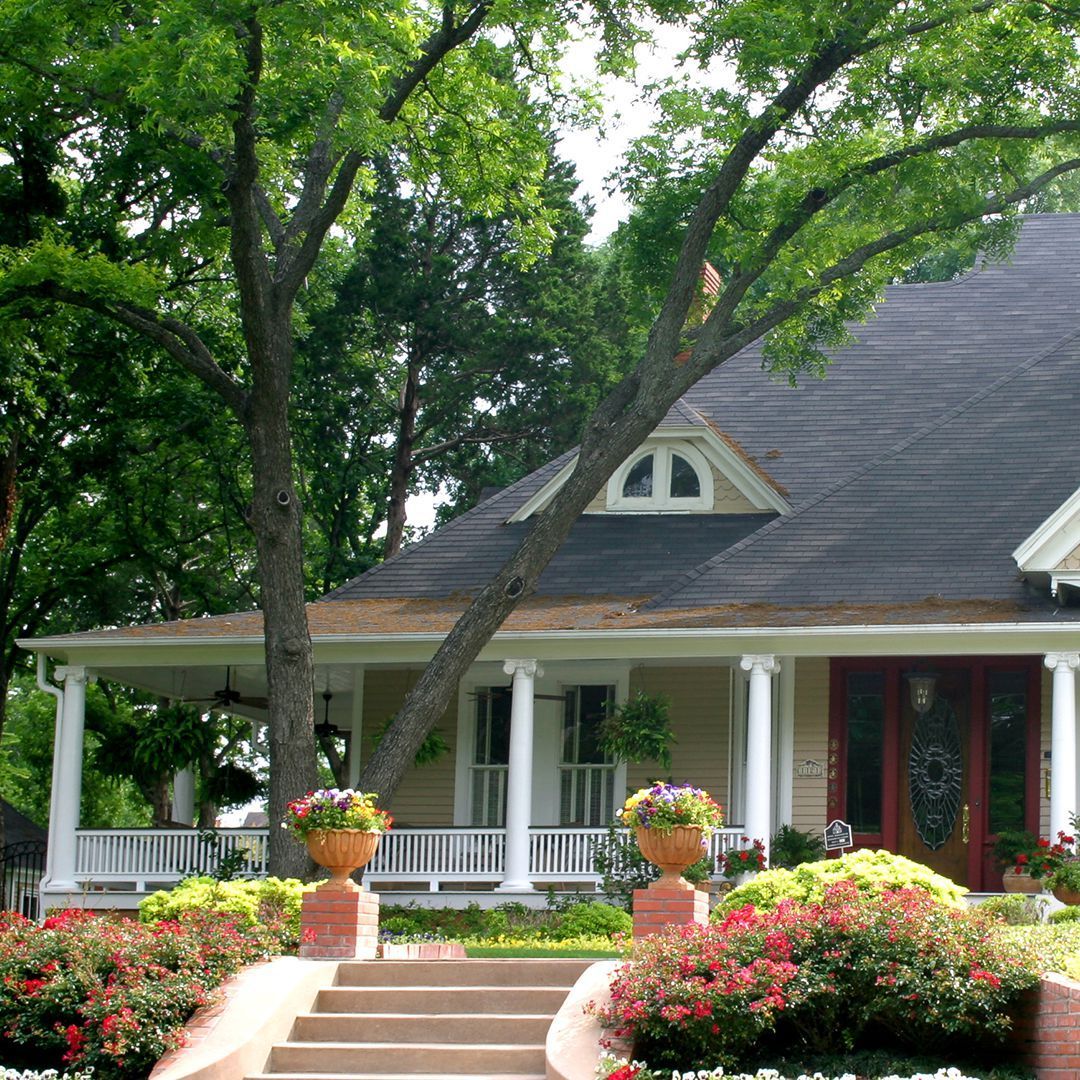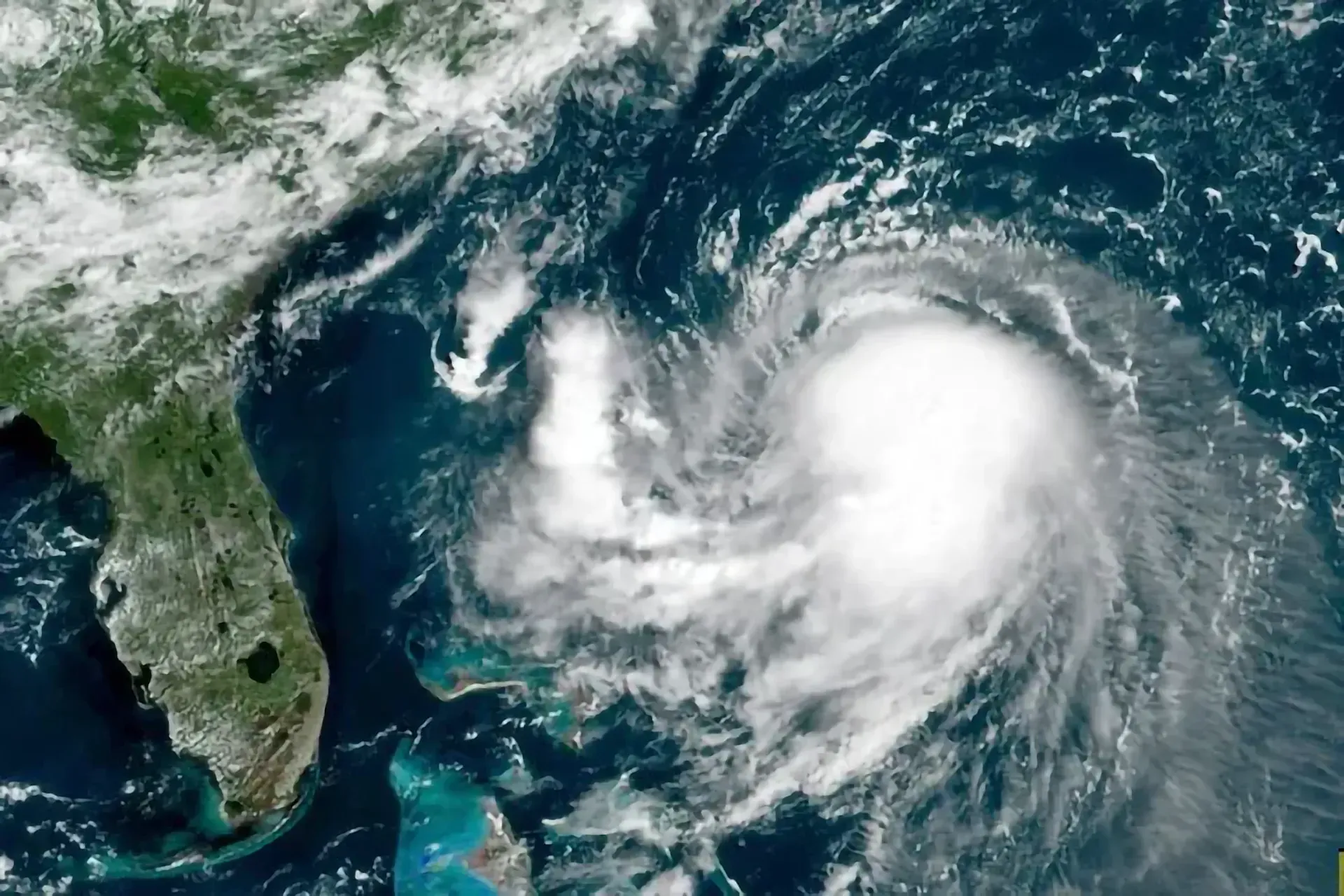Spring Cleaning for Homeowners: Protect Your Home and Insurance Policy
Spring cleaning isn’t just about organizing closets and scrubbing floors. It’s also a crucial time to maintain your home and prevent costly insurance claims. As home insurance claims increase due to severe weather, fire hazards, and water damage, insurers are paying closer attention to proactive maintenance habits. In the future, some companies may even require certain upkeep before offering coverage.
At McShea Insurance, we help homeowners protect one of the most valuable things in their life—their home. Taking action now can prevent unexpected damage, lower insurance risks, and ensure you remain eligible for the best coverage available. Here are nine essential steps to include in your spring maintenance routine.

1. Clean Gutters and Downspouts
Gutters direct water away from your home, protecting the foundation, siding, and landscaping. When clogged with leaves and debris, water can overflow and seep into your foundation, leading to costly structural damage.
- Remove all debris from gutters and downspouts. Blocked gutters increase the risk of basement flooding and roof leaks.
- Check for sagging or damaged sections. Gutters that pull away from the house can cause water to pool near your foundation.
- Extend downspouts away from the home. Proper drainage prevents soil erosion and moisture buildup around your foundation.
2. Inspect and Repair Roof Damage
Your roof shields your home from rain, snow, and wind. A single missing shingle can lead to interior water damage, mold, and insulation issues. Insurers are increasingly tightening requirements on older or poorly maintained roofs.
- Examine shingles for curling, cracks, or missing pieces. Roof damage often goes unnoticed until leaks cause interior damage.
- Check flashing around chimneys and vents. Gaps in flashing allow water to penetrate walls and ceilings.
- Schedule a professional roof inspection. Many insurance providers prefer homes with
routine roof maintenance and documented inspections.
3. Service HVAC Systems
Heating and cooling systems work year-round. Without proper upkeep, they can become fire hazards, inefficient, and prone to costly repairs. Some insurance companies now require annual servicing to minimize fire risk.
- Replace air filters and clean vents. Clogged filters strain the system and increase fire risks from overheating.
- Schedule professional servicing. A technician can inspect for gas leaks, faulty wiring, and system malfunctions.
- Check carbon monoxide levels. Poorly maintained HVAC systems can leak dangerous gases into your home.
4. Test Smoke and Carbon Monoxide Detectors
Smoke and carbon monoxide detectors save lives. However, neglected or expired detectors fail to alert homeowners in emergencies. Many insurers expect functioning safety systems in covered homes.
- Replace batteries in all detectors. Weak batteries reduce the effectiveness of these life-saving devices.
- Test each alarm monthly. A quick test ensures the sensors are working correctly and responding to danger.
- Check the expiration date on each unit. Most smoke and carbon monoxide detectors need replacement every 10 years.
5. Inspect Electrical Wiring
Electrical issues cause over 50,000 home fires annually in the U.S. Insurers are more cautious about homes with outdated or poorly maintained electrical systems. Faulty wiring often starts with small warning signs that homeowners ignore.
- Look for frayed or damaged wires. Rodents and age-related wear increase fire hazards.
- Check outlets for discoloration or burning smells. Overheating outlets may indicate a hidden electrical issue.
- Upgrade old fuse boxes and panels. Homes with outdated electrical systems may struggle to get insured in the future.
6. Secure Outdoor Areas
Outdoor hazards pose risks to both property damage and liability claims. Many insurance companies deny claims related to poor maintenance if accidents occur due to negligence.
- Repair loose deck boards and railings. Weak structures increase the likelihood of injuries and liability claims.
- Trim overgrown trees near the house. Dead or weak branches can fall and damage roofs, cars, and fences.
- Inspect fences and gates. Unstable fencing may fail during storms, leading to costly repairs.
7. Clean and Maintain Appliances
Household appliances make life easier, but poor maintenance increases fire risks, water damage, and efficiency issues. Some insurers won't cover damages caused by homeowner negligence.
- Clean lint from dryer vents. Lint buildup is a leading cause of house fires.
- Vacuum refrigerator coils. Dust accumulation forces the motor to work harder, leading to overheating and failure.
- Check hoses on washing machines and dishwashers. Old or cracked hoses often lead to hidden leaks and water damage claims.
8. Inspect Plumbing for Leaks
Water damage is one of the most frequent and expensive home insurance claims. Even a slow, unnoticed leak can cause mold, rot, and structural damage over time. Some insurers may require updated plumbing systems before issuing policies.
- Check under sinks, around toilets, and near appliances. Small leaks can turn into major water damage events.
- Replace old or deteriorating pipes. Galvanized and polybutylene pipes are prone to bursting and may be uninsurable.
- Consider installing water sensors. Some insurance companies offer discounts for smart water detection systems.
9. Review and Update Your Home Insurance Coverage
Home maintenance reduces risks, but unexpected damage can still occur. Reviewing your policy ensures you have the right coverage for evolving risks and rising repair costs.
- Update your policy if you've renovated or added structures. New additions or upgrades can change your coverage needs.
- Confirm you have adequate storm and flood protection. Severe weather events are increasing in frequency and intensity.
- Check for available discounts. Some insurers offer reduced rates for proactive maintenance efforts.
Why Home Maintenance Matters for Insurance Eligibility
Insurance providers are shifting toward more selective underwriting practices. Some may require proof of proactive home maintenance before issuing a policy. This means:
✔ Older roofs may need replacement before getting insured
✔ Outdated electrical panels could disqualify a home from coverage
✔ Homes without water shutoff devices may face higher premiums
At McShea Insurance, we help homeowners stay ahead of these changes. Taking proactive steps not only protects your home but also keeps your insurance policy valid and affordable.
Need a
home insurance review? Contact us today at
insure@mcsheainsurance.com or call
508-420-9011 to speak with an experienced home insurance agent to
ensure your home is fully protected—inside and out.












